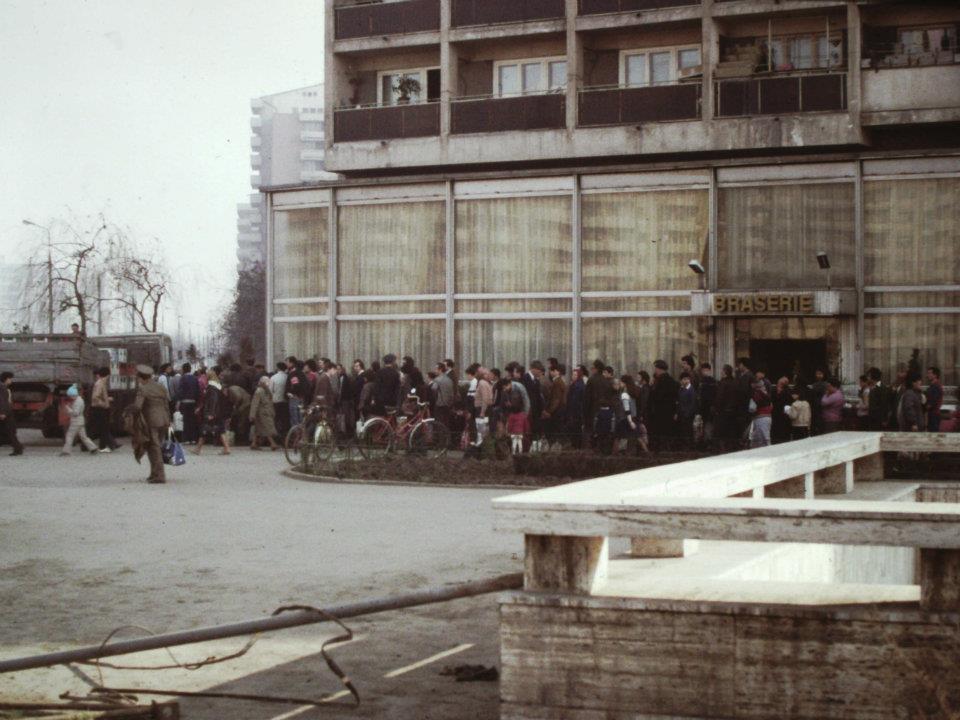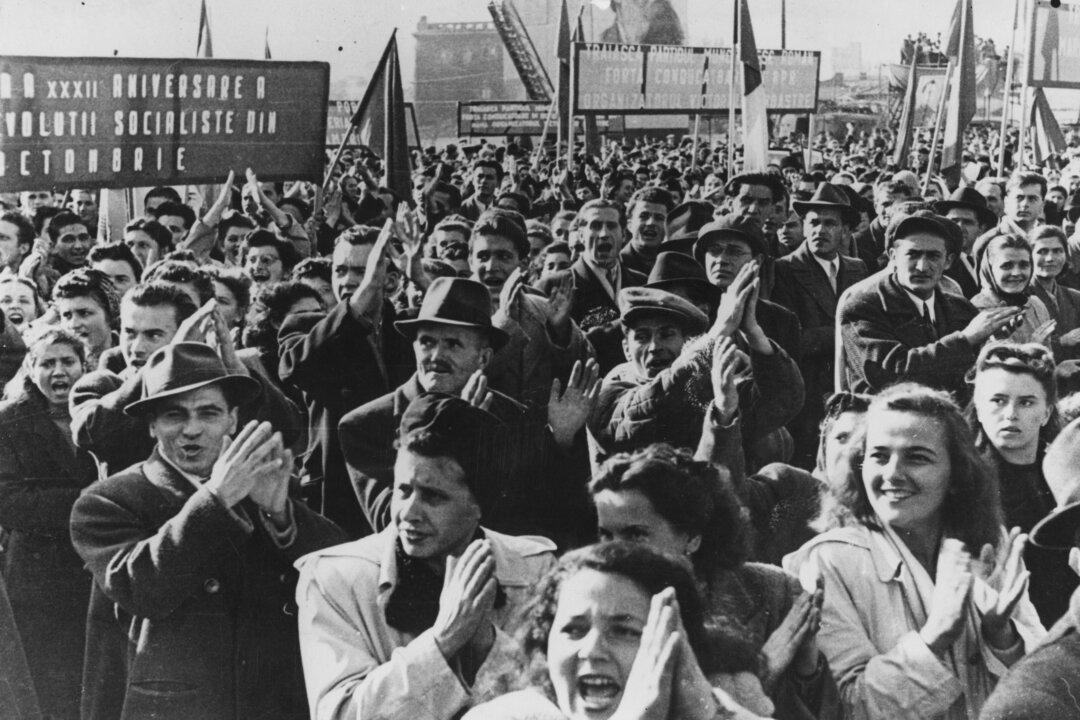My elder aunt uses words of love to describe the menu for today. She is a gourmet cook who likes to eat and uses all the fattening ingredients she can possibly find in her pantry in order to make everything tastier, sweeter, and more buttery. Unable to walk from the pounds she put on after the fall of communism in 1989, she cannot stop buying food. Most of her pension is spent on food, medicine, and rent.
The survival mode that was etched into her brain during 45 years of communist rule is impossible to erase. People hoarded food every day because they never knew when a more severe rationing or complete scarcity would commence, and food would be hard or impossible to find.



